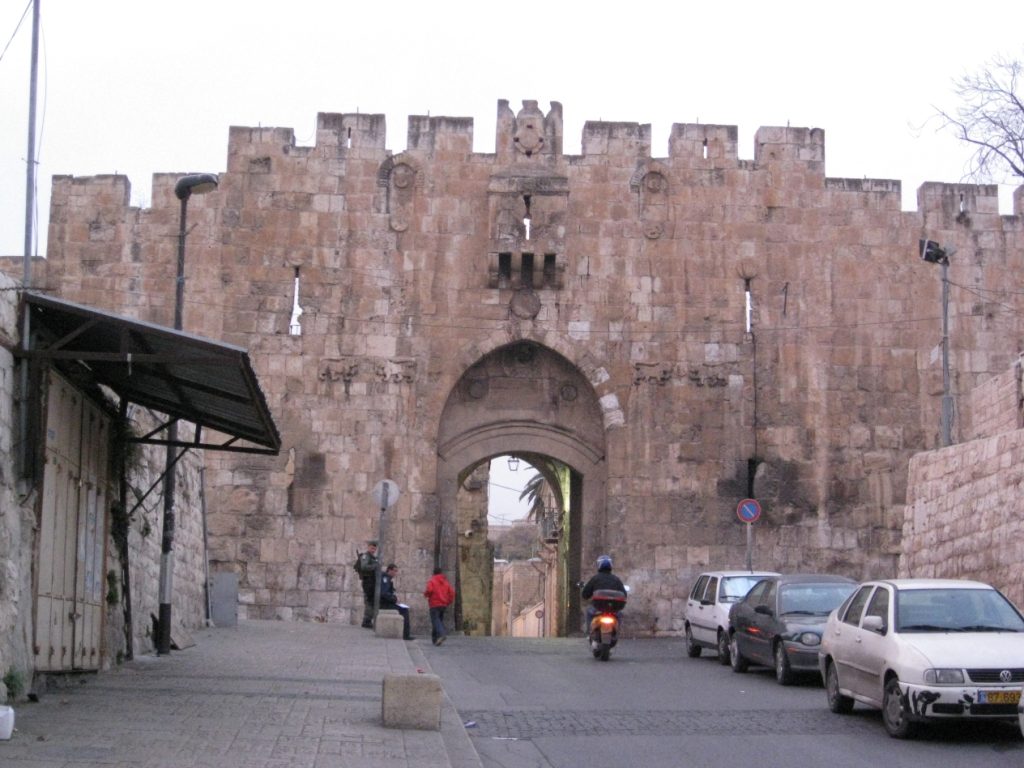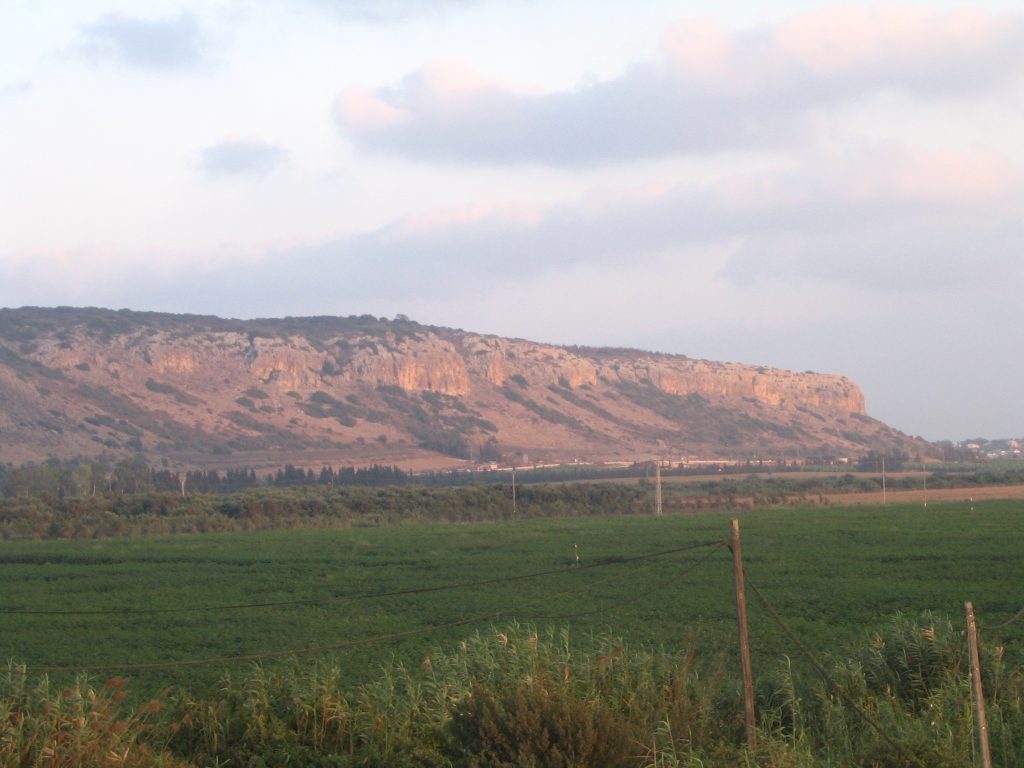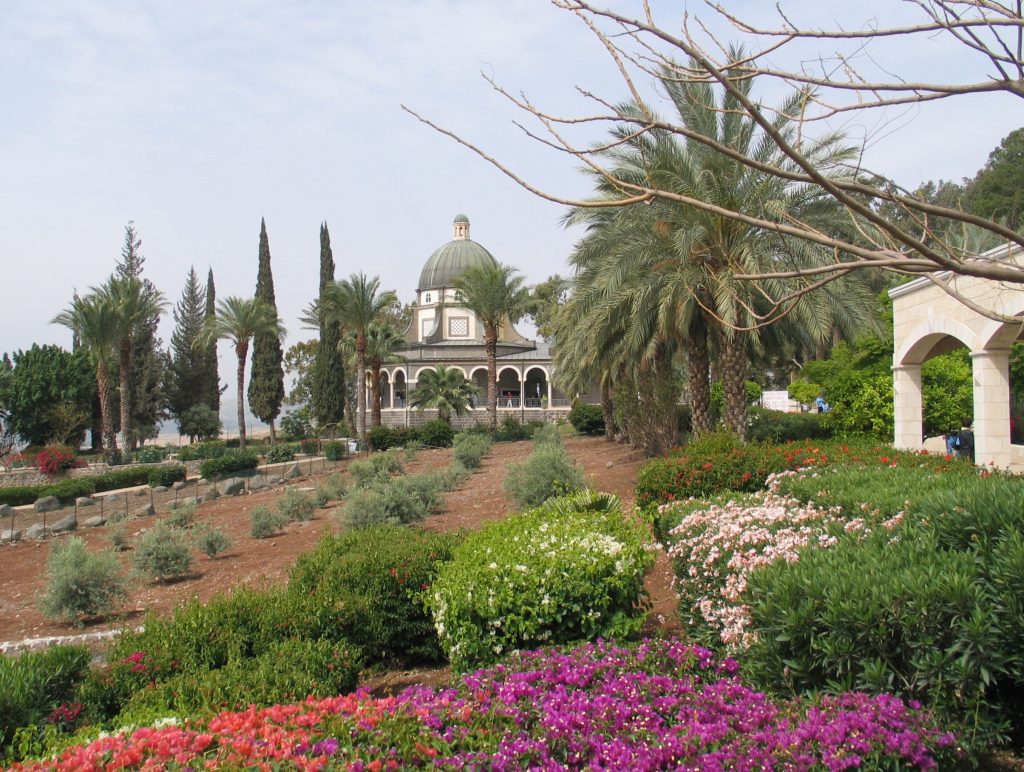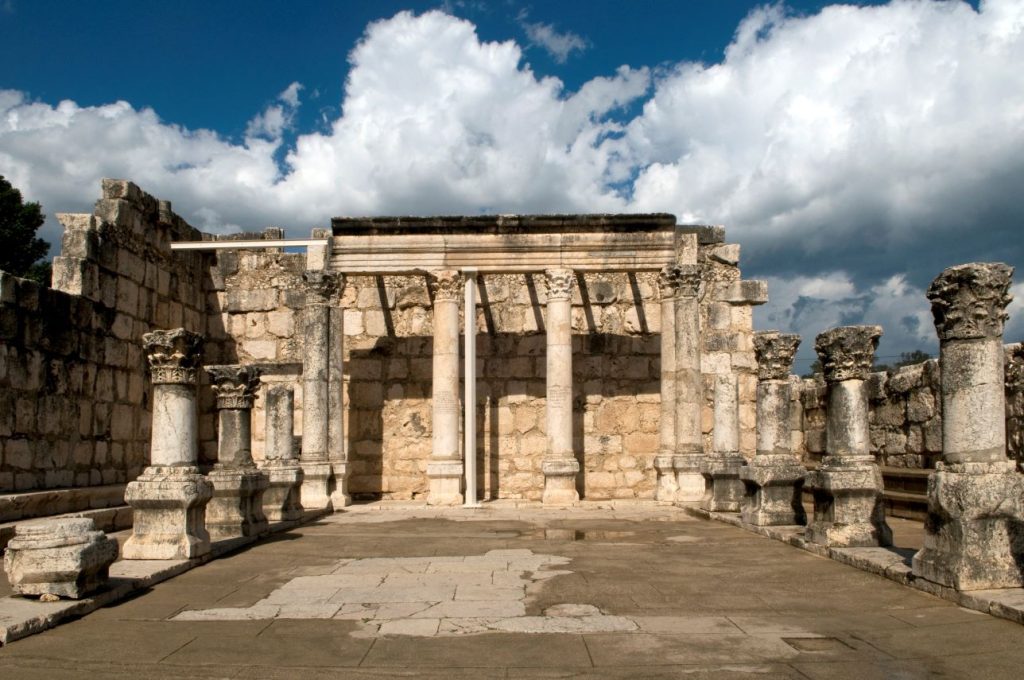St. Stephen’s Gate, also known as the Lions’ Gate, serves as a prominent entryway into Jerusalem’s old city. Its namesake is derived from the first Christian martyr, Stephen, who met his fate outside the city walls, thereby embedding deep Christian significance to the portal (Acts 7:54-60).
Upon entering the gate, one is greeted by the vibrancy and diversity of the city’s ancient streets, bearing witness to centuries of religious history and cultural interactions. These streets have resonated with the sound of prayers, echoed with debates, and absorbed the footsteps of countless pilgrims, evoking an atmosphere that is intrinsically tied to the city’s Christian past.
Among the notable landmarks accessed through St. Stephen’s Gate is the Church of St. Anne, an exquisite example of Romanesque architecture. Traditionally, it is considered to be the birthplace of the Virgin Mary, mother of Jesus (Apocryphal texts: Protoevangelium of James).
Further on, the Via Dolorosa, the path that Jesus walked bearing His cross, starts its winding journey through the old city’s narrow streets (John 19:17). The journey through the gate allows pilgrims to physically and spiritually engage with the Passion of Christ, meditating upon His sacrifice for humanity.
St. Stephen’s Gate, therefore, is more than an architectural structure in the city’s walls. It is a passageway to the depths of Christian faith and history, opening up a path for exploration, reflection, and reverence.
Bible Verses:
- Acts 7:54-60, relating the martyrdom of Stephen.
- John 19:17, marking the beginning of Jesus’s journey on the Via Dolorosa.
- Luke 1:46-55, Mary’s Magnificat, symbolizing her vital role in Christian faith.
- Matthew 5:14, where Jesus says, “You are the light of the world. A town built on a hill cannot be hidden.”
- Revelation 21:12-13, envisioning the New Jerusalem with its twelve gates, an ultimate destination for Christian faith.





